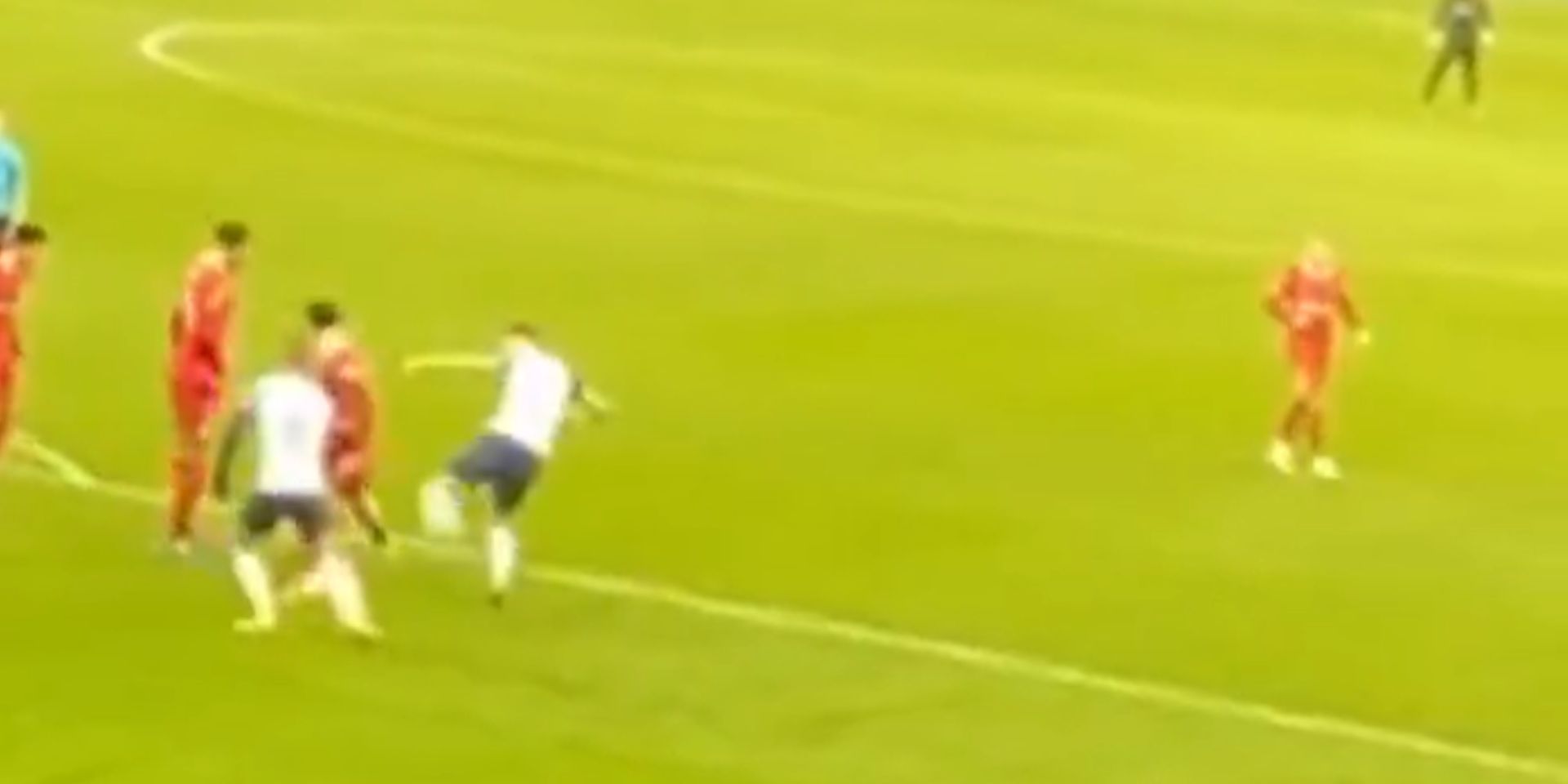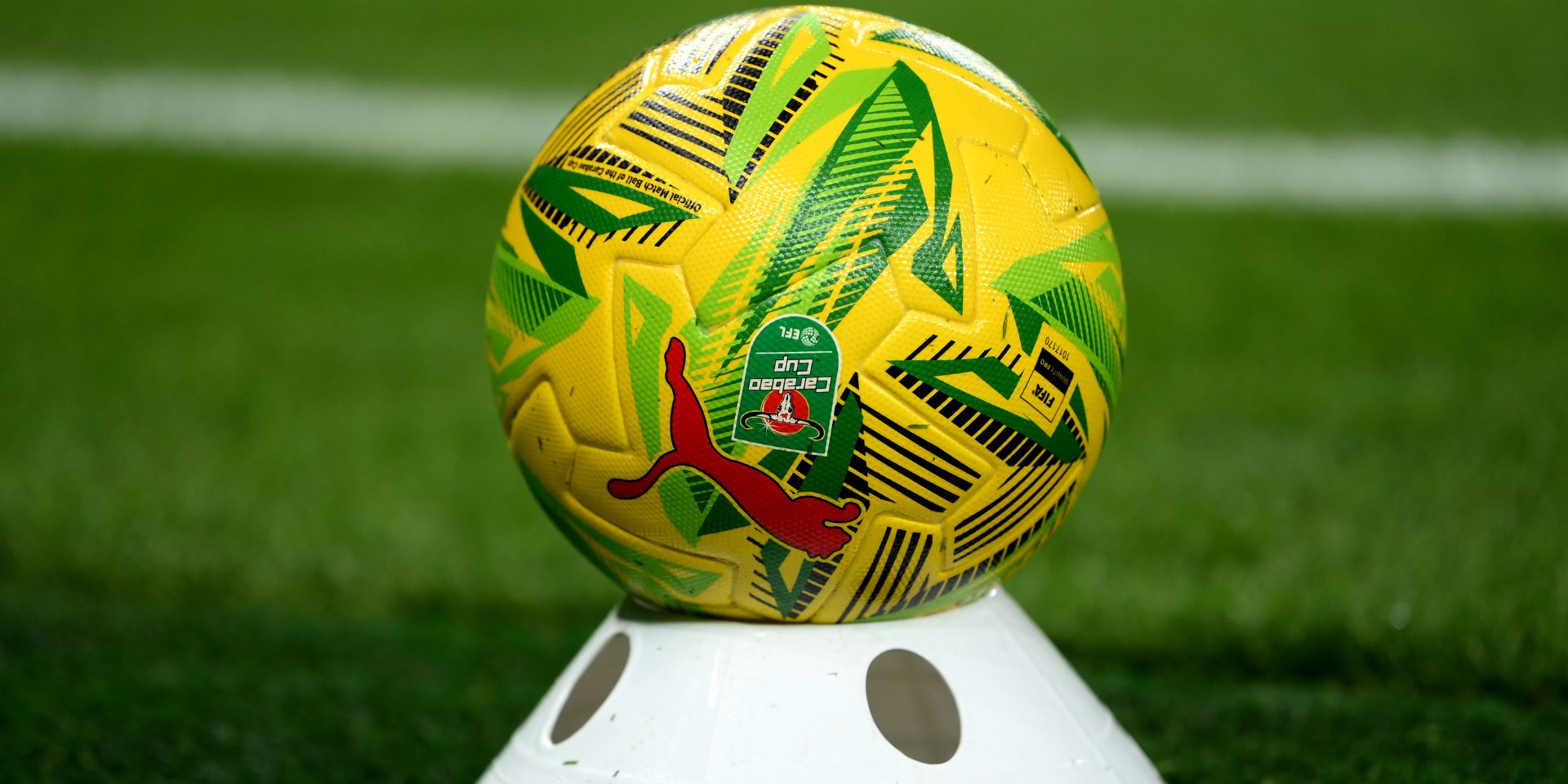Back in March, Liverpool were the first Premier League club in England to launch NFTs.
Of course, this is a very new space – the first NFTs were only minted in 2014 and have only become widespread in the last couple of years.
However, the Reds’ NFT launch, which seemed ambitious at first but quickly became a failure, caused a few fans to end up actually losing money, resulting in widespread anger.
VOTE for Empire of the Kop as Best Club Content Creator (Premier League) here: Football Content Awards
OR on Twitter with the FCA’s one-click Twitter link with: I am voting for @Empireofthekop in @The_FCAs for #BestClubContentCreator (Premier League)
What were the Liverpool NFTs?
The Liverpool NFTs (non-fungible tokens) were a collection of digital collectables, most of which were called the “Hero” tokens.
Each depicted a different member of the team, including Moh Salah and Jurgen Klopp.
There were also 24 rare “legendary” tokens to collect, which were supposed to be collector items, each representing one of the 24 members of the squad.
How many Liverpool NFTs were sold?
The Liverpool NFTs were, in all honestly, a massive flop, with less than 5% being sold in their first week; 171,072 NFTs were created, but only a paltry 9,000 were sold.
The value of NFTs fluctuates depending on market value, and the NFTs, which were sold at £57 during the first week, plummeted to £8.96, a whopping £48 drop.
In the first week, the NFT sale only raised £490,277, with £49,028 of that going to the LFC foundation, the football club’s charity. When it came to the legendary tokens, £95,912 was raised, of which 50% went to the LFC foundation.
READ MORE: ‘Not daft enough’ – Henderson makes ‘blunt’ Liverpool admission ahead of Rangers clash
Why did the launch fail?
So, why did this ambitious NFT project fail? There seem to be a few reasons, including the current economic climate, thoughts around NFTs, and how the launch was carried out.
Their partner and the idea behind the movement
For this drop, the club partnered with Sotheby’s, which is a premium fine art auction house.
This is completely out of touch with the general branding of Liverpool Football Club, who have always branded themselves as a working-class club and have always claimed to be relatable to their fans.
This partnership – and the entire movement of dropping NFTs – was regarded by many to be out of touch and a mockery, with some even going as far to say that Liverpool were exploiting its most loyal fans by marketing their NFTs so heavily.
Furthermore, they also thought that they’d be able to sell 170,000 NFTs, which is a very ambitious number.
The fact that Liverpool so hugely missed the mark here and the presumption that 170,000 fans would purchase one left a really bad taste in many mouths.
NFTs aren’t crypto… yet
While NFTs and crypto share many similarities, they still aren’t exactly the same.
Crypto has become much more mainstream in recent years, with businesses like crypto casinos or countries like El Salvador even accepting crypto as a currency.
While crypto is still relatively new in the grand scheme of things, it’s much more widely accepted than NFTs. Put simply, people just understand crypto more.
Not enough information about NFTs in general
There was a huge marketing campaign about these NFTs, with Liverpool claiming that they were “a fun and innovative way to celebrate being a Reds fan.”
However, the campaign lacked one main thing… an explanation of what they are. Of course, if someone doesn’t know what they are purchasing, spending £57 on an NFT might not seem like a very good idea!
While NFTs have been all over the news in the last year, they are still a very new technology and lots of people – Liverpool fans included – don’t have any idea about why they are worth investing in.
More detailed information about NFTs and why investing in them could be a good idea would have definitely helped with the drop.
The product
While NFTs are a form of investing, the product still has to be appealing. And, for your average football fan, this product was not. In fact, it was positively childlike, with cartoonish drawings looking not dissimilar to something that schoolchildren trade in the playground.
It simply didn’t look like something that any Liverpool FC fan would want, and this is a big part of the reason why they were so tough to shift.
Crypto fluctuating and the cost-of-living crisis
It’s also worth mentioning that, due to the natural fluctuations in crypto and the cost-of-living crisis, people may have been even less inclined to purchase NFTs.
They were released not long after the war broke out in Ukraine, which hiked up gas prices all over the world, causing some people to be much more conscious of spending.
Plus, the Covid crisis, which is largely done but still somewhat ongoing, also caused more people to be mindful of money. Some people lost a lot of their income or their jobs as a result of the pandemic. This could have caused some people who may have bought an NFT three years ago to decide against such a purchase.
Did anything go right?
If Liverpool had done a more modest drop and offered a better education into what they were buying and why they were partnering with Sotheby’s, their campaign would have surely reached more success.
They already nearly sold 10,000 tokens with their current marketing campaign!
Selling this many isn’t to be sniffed at, but the main failure of the club is that they ordered an audacious number of collectables in the first place – and they were never going to sell that many.
Liverpool haven’t said if they will be releasing more NFTs in the future, but in case they do, hopefully they decide to use the huge amounts of feedback they have from this drop to improve their collection!
The post Liverpool’s NFT drop: Why it was a disaster appeared first on The Empire of The Kop.



